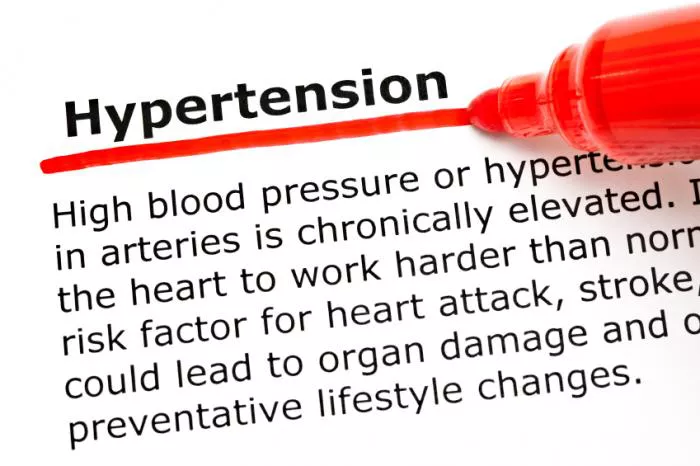Blood pressure regulation is a critical aspect of overall health, with hypertension being a significant risk factor for cardiovascular disease, stroke, and other adverse health outcomes. Over the years, medical professionals have continually refined guidelines to manage blood pressure effectively. In this article, we delve into the latest blood pressure guidelines, exploring their implications for healthcare providers and patients alike.
Evolution of Blood Pressure Guidelines
Historically, blood pressure guidelines have evolved in response to emerging evidence from clinical trials and epidemiological studies. Early guidelines focused primarily on categorizing blood pressure levels into hypertensive and normotensive ranges. However, as research advanced, it became evident that the risk of cardiovascular events was a continuum rather than a discrete threshold.
The emergence of evidence-based medicine further propelled the refinement of guidelines, with organizations such as the American College of Cardiology (ACC), the American Heart Association (AHA), and the European Society of Cardiology (ESC) playing pivotal roles in synthesizing evidence and formulating recommendations.
Key Components of the Latest Guidelines
The latest blood pressure guidelines, often based on large-scale clinical trials and meta-analyses, encompass several key components:
1. Definition of Hypertension: Recent guidelines have redefined hypertension, emphasizing lower thresholds for diagnosis. For instance, the 2017 ACC/AHA guidelines lowered the threshold for hypertension from 140/90 mmHg to 130/80 mmHg, reflecting growing evidence linking even moderately elevated blood pressure to adverse health outcomes.
2.Risk Stratification: Recognizing that not all individuals with hypertension face the same level of risk, guidelines emphasize the importance of risk stratification. Factors such as age, sex, race, comorbidities, and target organ damage are considered in assessing cardiovascular risk and determining appropriate management strategies.
3. Lifestyle Modifications: Lifestyle interventions, including dietary changes, regular exercise, weight management, reduced sodium intake, and moderation of alcohol consumption, remain cornerstone recommendations for blood pressure management. The latest guidelines provide updated recommendations tailored to individual patient characteristics and preferences.
4. Pharmacological Therapy: While lifestyle modifications play a crucial role in blood pressure management, pharmacological therapy is often necessary, particularly for individuals with hypertension at higher risk of cardiovascular events. The latest guidelines provide evidence-based recommendations regarding the selection of antihypertensive medications, emphasizing the importance of individualized therapy based on patient characteristics and comorbidities.
5. Teatment Targets: Guidelines provide specific targets for blood pressure control based on individual patient characteristics and comorbidities. While the general target remains <130/80 mmHg for most individuals, higher targets may be appropriate for certain patient populations, such as older adults or those with significant comorbidities.
Implications for Healthcare Providers
The latest blood pressure guidelines have several implications for healthcare providers:
1. Increased Emphasis on Prevention: Lower thresholds for diagnosing hypertension underscore the importance of preventive measures in reducing the burden of cardiovascular disease. Healthcare providers play a crucial role in promoting healthy lifestyle behaviors and early detection of hypertension through routine screening and risk assessment.
2. Individualized Treatment Approach: Guidelines highlight the importance of individualized treatment approaches, considering patient characteristics, preferences, and comorbidities. Healthcare providers must engage in shared decision-making with patients to formulate treatment plans that align with their goals and values.
3. Continual Education and Training: Given the evolving nature of guidelines and the complexity of managing hypertension, healthcare providers must engage in continual education and training to stay abreast of the latest evidence and recommendations. This may involve participating in conferences, continuing medical education programs, and peer-reviewed journals.
4. Integration of Technology: Technology, such as remote monitoring devices and telemedicine platforms, can facilitate the management of hypertension by enabling more frequent monitoring, timely interventions, and remote consultations. Healthcare providers should embrace these technologies to enhance patient care and improve treatment outcomes.
Implications for Patients
The latest blood pressure guidelines also have implications for patients:
1. Empowerment through Education: Patients should be empowered with knowledge about hypertension, its implications, and the importance of lifestyle modifications and medication adherence. Healthcare providers play a crucial role in educating patients and involving them in shared decision-making regarding their treatment plan.
2. Active Participation in Treatment: Patients are encouraged to actively participate in their treatment by adhering to prescribed medications, adopting healthy lifestyle behaviors, monitoring their blood pressure regularly, and communicating openly with their healthcare providers about any concerns or challenges they may encounter.
3. Regular Follow-Up and Monitoring: Regular follow-up appointments and blood pressure monitoring are essential components of hypertension management. Patients should adhere to recommended follow-up schedules and promptly report any significant changes in their blood pressure or symptoms to their healthcare providers.
Conclusion
The latest blood pressure guidelines reflect ongoing efforts to optimize the management of hypertension and reduce the burden of cardiovascular disease. By incorporating evidence-based recommendations, emphasizing individualized treatment approaches, and promoting shared decision-making between healthcare providers and patients, these guidelines aim to improve treatment outcomes and enhance the overall health and well-being of individuals with hypertension. Continued research, education, and collaboration among healthcare professionals are essential in translating these guidelines into clinical practice and mitigating the global impact of hypertension on public health.

